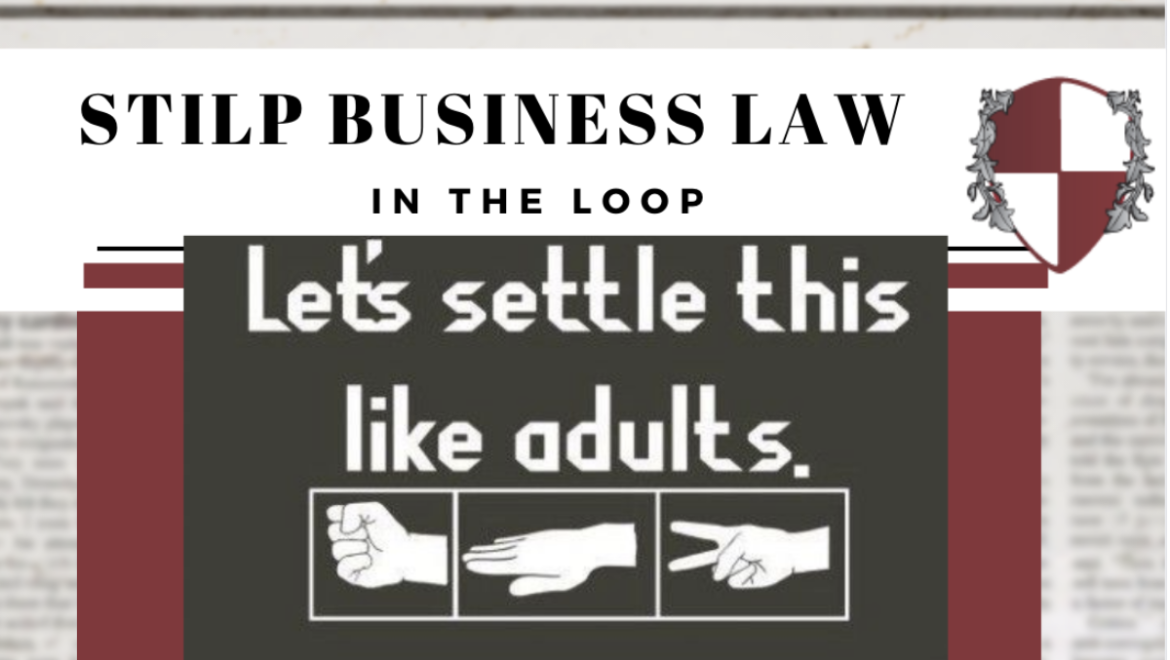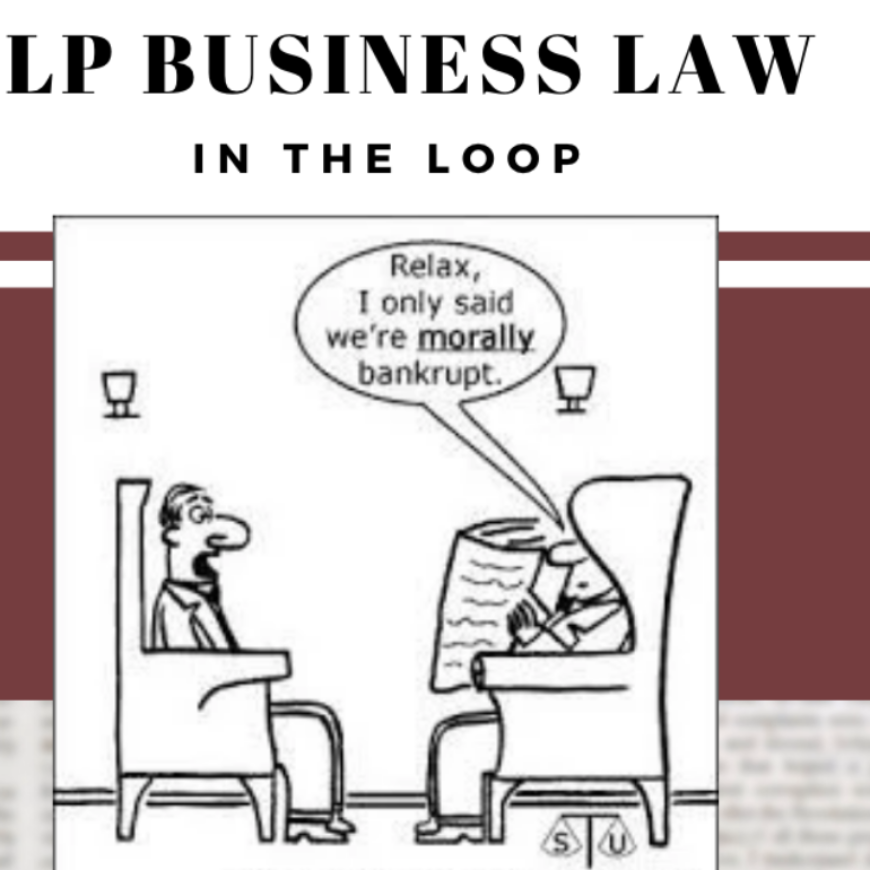Tom Stilp JD, MBA/MM, LLM, MSC
Litigation is costly and time-consuming. But if the facts of a case could be established at the beginning, the case would be resolved sooner and with less cost.
Actually, there is a simple process that allows a party to establish facts early in the case. The document is known as a Request to Admit Facts. Under the Rules, the Request is served on the other party, who must respond within 28-days. If the party fails to respond, all the facts are considered “admitted” by the court. “Admitted” means the court will deem the facts proven as true, and those facts are removed from further controversy.
A Request to Admit Facts allows for three, and only three, types of responses.
First, an admission – the responding party admits a certain fact is true. Second, a denial – the responding party denies the fact is true. Third, after reasonable investigation, the responding party states it is unable to admit or deny, with specific reasons given.
What if a party denies a fact they should have admitted, or claims an inability to admit or deny a fact they should have known? In those instances, the party may later be sanctioned by the court. In Banks v. United Ins. Co., 28 Ill. App. 3d 60, 328 N.E.2d 167 (1975), Banks lost after pretending not to know the dates of her mother’s hospitalizations even though Banks lived with her mother. The court ruled Bank’s responses were “patently evasive.” Likewise, our firm has gotten six-figure sanction award against a large company that improperly denied facts it should have admitted.
A sample Request to Admit might be something as simple, but critical to a case, such as: “Admit Mr. Smith signed the contract on January 2, 2023.” This Request would be followed with more facts on which admissions are sought.
A party may object to a particular request as legally improper, and the objection will later be subject to ruling by the court. The party making the objection runs the risk if the court overrules the objection (goes against the party making the objection), there may be adverse consequences.
Although a party may object, a party may not add commentary, explanation or argument in its responses. To avoid direct admissions, inexperienced attorneys add commentary and explanations to their clients’ detriment. As Judge Chamberlain Haller said in My Cousin Vinny:
Mr. Gambini, the next words out of your mouth better be “guilty” or “not guilty.” I don’t want to hear commentary, argument, or opinion. I don’t want to hear any facts or evidence. If I hear anything other than “guilty” or “not guilty”, you’ll be in contempt.
In the hands of experienced attorneys, Requests to Admit Facts are a powerful tool that can lead to sanctions against the opposing party for improper responses, and short-circuit litigation for a faster and more cost-effective resolution of cases.



